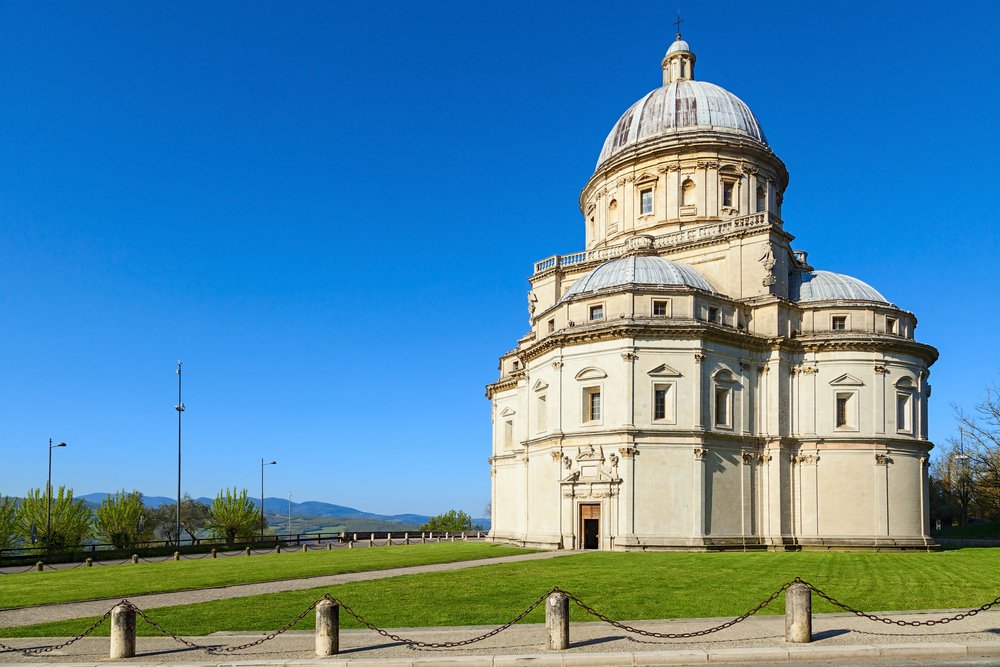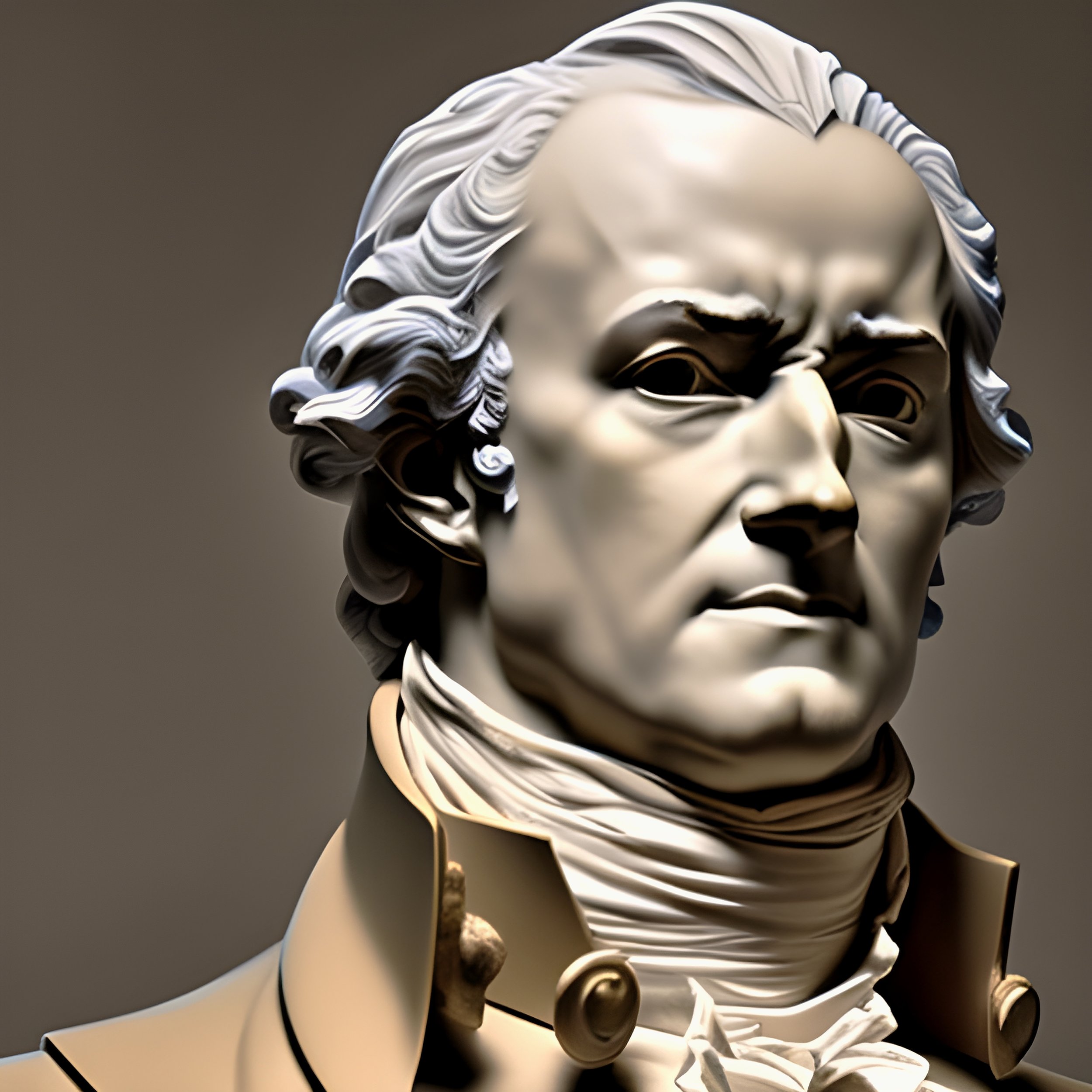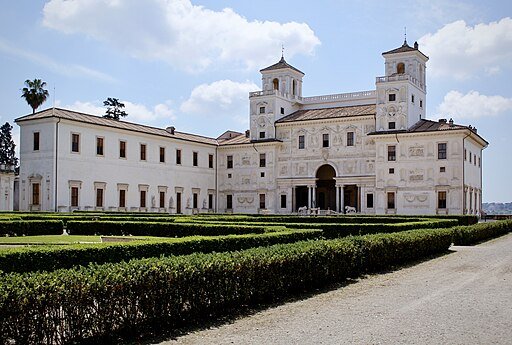(This article is for editorial and educational purposes only and is not intended in any way for commercial use)
lorenzobovi / Shutterstock.com
THE MASTERY OF A DISCIPLINE and the confidence that came with it enabled the singularly bold project that was the placement of this monumental building in the context of this vast pastoral setting—an achievement we could only ever hope to approximate (Santa Maria della Consolazione, 1506-1565,Todi, Italia; Donato Bramante and others, above; preliminary study for the Irvine Great Park Library, Irvine, CA, Johnson Favaro, 2023-4, below)
Among the prohibitions within schools of architecture in southern California (and elsewhere) are----except for only superficially erudite reasons, or some sense of covering one’s bases so as not to be seen as unsophisticated, or simply for personal entertainment purposes ----references to and examples of architecture not of our time and place from which students of architecture might learn something. Sure, there’s history class, but no one is sure why.
CENTERS OF EXCELLENCE thrive within cultures when circumstances of material resources, geography, technology, human interest and agency establish fertile ground for them. (Top to bottom: whiskey in Scotland, automotive engineering in Germany, textiles in the middle east, guns in America’s southeast).
helen_f / stock.adobe.com
RM Nunes / shutterstock.com
Paul Marcus / shutterstock.com
THE PURSUIT OF EXCELLENCE in art and craft is universally human even as the kinds of art and craft in which cultures pursue excellence vary dramatically across time and place. (Top to bottom: Japanese ink-wash painting, east Indian attire, African jewelry, native American basketry)
This kind of self-imposed amnesia and the parochialism it promotes is in part a residue of a century of modernist propaganda, but now also a symptom of a larger cultural paralysis in the United States, the philosophical origins of which sociologists and political scientists trace to the 1970s when characters such as the “post-modernist” Michel Foucault first gained notoriety followed by others such as the “post colonialist” Gayati Chakravarty Spivak and the “post-integrationist” Derrick Bell.
Thoom / shutterstock.com
Stefano Chiacchiarini ’74 / shutterstock.com
MICHELANGELO’S MASTERY in the making of buildings sprang forth not spontaneously but within the context of a community of patrons, architects and trades of which he was a part. (St. Peter’s Cathedral Dome, Vatican, Rome, 1588, above; Piazza del Campidoglio, Rome, 1538, below)
Blaz Cure / shutterstock.com
Pecold / stock.adobe.com
PALLADIO’S MASTERY inspired imitation across the western world for almost 500 hundred years, an influence unparalleled in the west. (Villa Cornaro, Piombino, Dese, Italy, 1552 above; Villa Emo, Treviso, Italy 1555-8, below)
While originally more nuanced, the popularization of the “post-ist” critiques has manifested as a kind of general-purpose social relativism in which everything political or cultural is an arbitrary construct based on a power struggle. Some societies and cultures win, others lose. The losers are unjustly underrepresented in the cultural conversation and to rectify the injustices cultural exchange is either prohibited or policed or can only be a one-way street.
penofoto.de / stock.adobe.com
stoyanh / shutterstock.com
MASTERY OF THE ART OF THE FAÇADE in 16th century Italy informed the designs of cities across the west and why cities across the west were before 1945 mostly beautiful. (Palazzo Farnese, Michelangelo, Rome 1534 above; Villa Farnesina, Baldassare Peruzzi, 1510, Rome, below)
Dima Moroz / shutterstock.com
Maps Data: Google, ©2025 Maxar Technologies
MASTERY OF THE ART OF THE PLAN as the principal tool with which to shape buildings---and the idea that buildings shape what’s outside of them as much as they are shaped by what’s inside of them ---has its origins in 16th century Italy. (Villa Giulia, Barozzi da Vignola, Rome, 1551-3)
Idéfix~commonswiki assumed (based on copyright claims)., Vigevano0001, CC BY-SA 3.0
Sara / stock.adobe.com
URBAN DESIGN as practiced before 1920 (and we can only hope after 2020) owes its accomplishments to that frame of mind that was established in 16th century Italy that was that buildings are the primary means with which to affirmatively shape public spaces and the cities that contain them (Piazza Ducale, Donato Bramante, Vigevano, Italy, 1492-4)
It is self-evident to us that this critique and its line of reasoning, lacks imagination. It’s one thing to say that a culture’s expressive dominance in art or in the world of ideas is enabled by its prosperity (and its violence toward others) and quite another to say its prominence is for that or any reason therefore arbitrary and unworthy of consideration. And still another to say that all cultural production of any kind is equally worthy of consideration in every circumstance.
ITALIAN ARCHITECTS AND BUILDERS dispersed across Europe and the west taking their mastery with them both participating in and influencing the building of beautiful cities across the continent. (Budapest, Hungary above; Prague, Czech Republic, below)
THOMAS JEFFERSON, 3rd president of the United States studied the 16th century Italian architect Andrea Palladio whose work the Anglo-American aristocrat imitated and emulated in the designs for his home in Monticello, Virginia and at the university he founded in Charlottesville, Virginia. (UVA, founded in 1819, above; Monticello, Virginia, 1809, below)
Joseph Sohm / shutterstock.com
Michael Barera, Milwaukee July 2022 040 (Gimbels Building), CC BY-SA 4.0
DOMES AND FACADES informed by the exemplary mastery of 16th century Italian architecture proliferated across the United States. (Texas State Capitol, Austin, TX, 1882-8 above; Gimbel’s Department Store, Milwaukee, WI, 1887, below)
Consider that we admire Scotch whiskey and Kentucky bourbon, Swiss chocolate and German cars, Persian rugs and East Indian textiles, native America’s basketry and attire, black America’s music and poetry, and white America’s jeans and guns. These are geographically and temporally centered products that emerge from cultures and from which cultures emerge. They are what’s referred to in cultural studies and art history circles as “centers of excellence” or in the case of literature, philosophy, history, science, or economics “schools of thought”.
SO MUCH MASTERY in one place at one time can only ever thrive within a culture of excellence comprised of a community of individuals cooperating and competing to be the best they can. In this field in this country at this time our obligation is to broaden both the appeal and the opportunity to be part of a community of practitioners, especially for those historically excluded of backgrounds.
We need not admire everything about the Scots or Kentuckians, the Swiss, Germans, Persians, East Indians, or Native, Black or White Americans to value some of what they’ve managed to create and produce. Nor is it racist, discriminatory, oppressive, or appropriative to value one kind of cultural production over another. We should always be prepared to learn from excellence, to imitate and emulate it wherever we find it and wherever it’s helpful (and not hurtful). Any achievement of any person or culture that’s worth learning from is worth learning from whatever they have otherwise done or failed to do.
Zigres / shutterstock.com
BalazsSebok / shutterstock.com
CONTEMPORARY ITALY has recently produced as many bad buildings as anywhere else in the world, the culture of excellence in the building arts so masterfully achieved in the 16th century in Italy having five hundred years later vaporized. (Stadio Giuseppe Meazza, San Siro, Milan, 1990, above; Fiero Milano, Massimiliano Fuksas, Milan, Italy, 2005 below)
Denis---S / Shutterstock.com
Yezepchyk Oleksandr / Shutterstock.com
GEOGRAPHY AND CHRONOLOGY are at the root of the emergence of a center of excellence, and never the superiority of one kind of people over another (North Europe circa 3,500 B.C. North Africa circa 3,500 B.C, below.)
Conversely, we are wrong to value cultures and the people within them entirely by their art or music or costume or by any other single measure—racial, social, political, religious, or otherwise. A person’s or a people’s accomplishments are only loosely tied to their cultural identity--and certainly never their political identity. What political correctness correctly finds deplorable about the perpetuation of prejudicial stereotypes also crowds out and clouds over the distinction between what a particular people in a particular place achieve and the people themselves. Achieving excellence does not make you a better person or culture, just better at whatever you achieved. And borrowing from whatever somebody else has produced is neither a moral appropriation nor identity theft.
Bill Perry / shutterstock.com
rawpixel.com / shutterstock.com
Kehinde Wiley, Officer of the Hussars, 2007, Detroit Institute of Arts, Detroit, MI, USA
CULTURAL APPROPRIATION is never a bad thing when employed to uplift the appropriator, improve upon the original or even to just make a point, cultural, political or otherwise. We as architects need not recoil from the idea that we have something to gain through the study of what other people in other times and places have achieved. (Top to bottom, American Civil War monument; “Rumors of War”, Kehinde Wiley, 2019,; Napoleon on horseback, Jean-Leon Gerome, 1886; “Officer of the Hussars,” Kehinde Wiley, 2007)
IndigoTide / stock.adobe.com
Ga Fullner / Shutterstock.com
Andy Lidstone / Shutterstock.com
Image via Instagram @stagey_snaps
INCLUSIVITY IN REPRESENTATION is a way to say that what’s in the past within a society belongs to everyone within it no matter the mistakes and the tumult of its history. (Top to bottom: Alexander Hamilton represented traditionally and Lin Manuel Miranda who represented Hamilton differently in his Broadway musical of the same name recently; Anne Boleyn represented traditionally and Thao Therese Nguyen who represented Boleyn in the recent Broadway musical, “Six”)
The architecture of 16th century Italy is one of the most amazing achievements of humankind and worth learning from even in the 21st century, even in southern California. It is the apotheosis of centuries of learning that began in the cities of the ancient worlds of Greece and Rome went dormant and got preserved for a thousand years within monastic communities across Europe from which it then re-emerged transformed in the 14th century in Italy and then over the next two centuries matured into a complex and sophisticated practice that spread across the west including into America where its influence is seen in everything from state capitol buildings to department stores.
CULTURES WITHIN CULTURES AND IN ADJACENCY WITH OTHER CULTURES in an environment of free exchange produce rich and unexpected outcomes that a censorious culture can never achieve. (Top left and right: Ice Cube and Eminem both rap singers; bottom left and right Loretta Lynn and Beyonce Knowles both country music stars)
CORRECTING SOCIAL INJUSTICE by prohibiting cultural exchange and claiming cultural exchange itself to be a social injustice is a self-defeating and ultimately unwinnable exercise the outcome of which can only ever be division and stagnation.
That we might see architects of 16th century Italy as foreign need not discourage us from appreciating what they produced or trick us into thinking that any architect no matter their background might not have something to learn from it. Nor ought we think that the only reason to learn about it is to sound smart. We don’t learn history to then not apply it, otherwise what is the point? And yes we can and should learn from Russian Constructivism and mid-century American modernism or whatever Herzog and de Meuron and Rem Koolhaus are up to. But from those movements and those architects we will learn nothing so fundamentally instructive as what we will from what happened in the 16th century in Italy, the architectural achievements of which (with the possible exception of Hellenistic Greece, Hadrianic Rome and 1920s Europe) demand from us as students of architecture not equal but more time than just about any other era, culture or place we can think of.
Carole Raddato from FRANKFURT, Germany, Villa d'Este, Tivoli, Italy (39366313511), CC BY-SA 2.0
THE IDEA OF THE BELVEDERE or terraced hillside whose purpose is to highlight not the hillside but the view from it originates in the architecture of 16th century Italian villas. It is an idea that in our time we are free to appropriate toward the democratization of a view. (Villa D’Este, Pirro Ligorio, Tivoli, Italy, ca. 1565, above; Culver City Park Redevelopment Master Plan, Johnson Favaro 2023-24, below)
BUILDINGS SHAPED TO SHAPE WHATS AROUND THEM (Villa Medici, Bartolomeo Ammanati, Rome, 1544, above; Veteran’s Memorial Park Redevelopment Master Plan, Culver City, CA, Johnson Favaro 2023-24 below)
























































